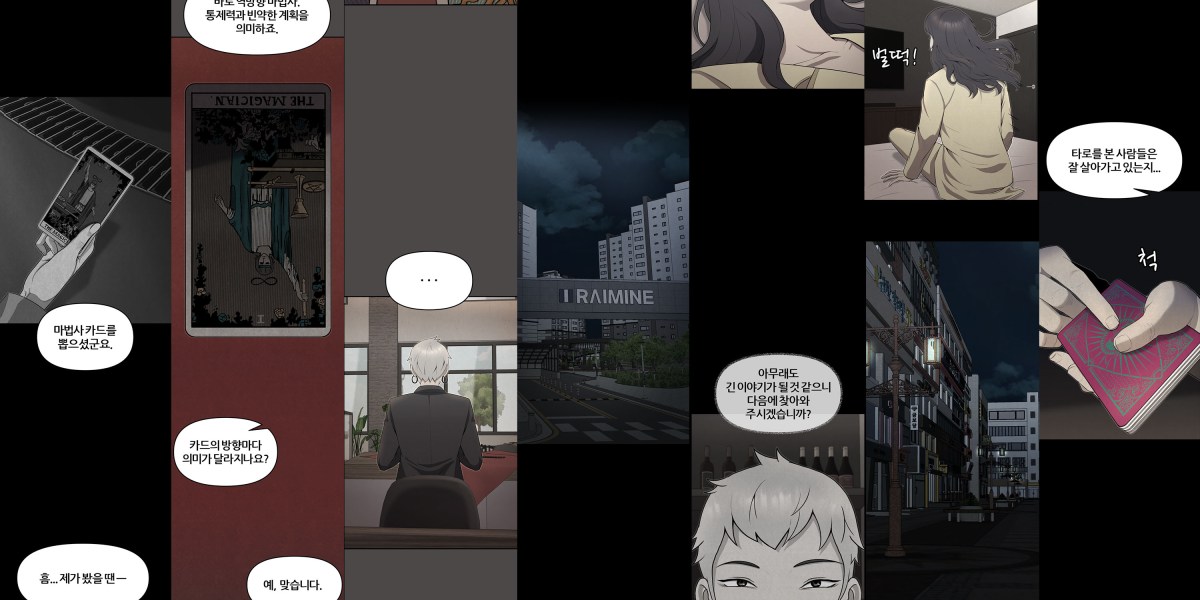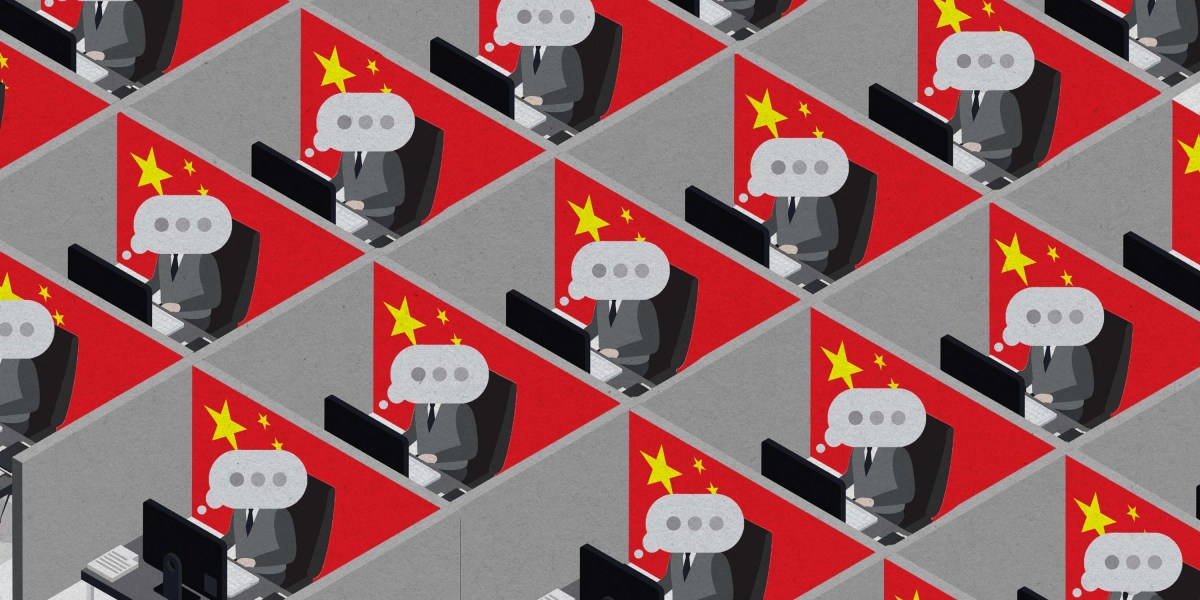Lee drew inspiration for his renegade baseball avengers from the Sammi Superstars, one of South Korea’s first professional baseball teams, whose journey of perseverance captivated a country stifled by military dictatorship. The series gained a cult following among readers seeking a creative escape from political repression, mesmerized by his bold brushstrokes and cinematic compositions that defied the conventions of cartoons.
Kkachi, the rebellious protagonist in A Daunting Team, is an alter ego of Lee himself. A scrappy outcast with untamed, spiky hair, he is a fan favorite who challenges the world with unrelenting passion and a brave conscience. He has reappeared throughout Lee’s signature works, painted with a new layer of pathos each time—a supernatural warrior who saves Earth from an alien attack in Armageddon and a rogue police officer battling a powerful criminal syndicate in Karon’s Dawn. Over decades, Kkachi has become a cultural icon in South Korea.
But Lee worries about Kkachi’s future. “In South Korea, when an author dies, his characters also get buried in his grave,” he says, drawing contrasts with enduring American comic characters like Superman and Spider-Man. Lee craves artistic immortality. He wants his characters to stay alive not just in the memories of readers, but also on their web comic platforms. “Even after I die, I want my worldviews and characters to communicate and resonate with the people of a new era,” he says. “That’s the kind of immortality I want.”
Lee believes that AI can help him realize his vision. In partnership with Jaedam Media, a web comics production company based in Seoul, he developed the “Lee Hyun-se AI model” by fine-tuning the open-source AI art generator Stable Diffusion, created by the UK-based startup Stability AI. Using a data set of 5,000 volumes of comics that he has published over 46 years, the resulting model generates comics in his signature style.
This year, Lee is preparing to publish his first AI-assisted web comic, a remake of his 1994 manhwa Karon’s Dawn. Writers at Jaedam Media are adapting the story into a modernized crime drama starring Kkachi as a police officer in present-day Seoul and his love interest Umji as a daring prosecutor. Students at Sejong University, where Lee teaches comics, are creating the artwork using his AI model.
The creative process unfolds in several stages. First, Lee’s AI model generates illustrations based on text prompts and reference images, like 3D anatomy models and hand-drawn sketches that provide cues for different movements and gestures. Lee’s students then curate and edit the illustrations, adjusting the characters’ poses, tailoring their facial expressions, and integrating them into cartoonish compositions that AI can’t engineer. After many rounds of refinement and regeneration, Lee steps in to orchestrate the final product, adding his distinct artistic edge.
AI companies envision that artists could automate the grunt work of drawing and channel their creative energy into storytelling and art direction.
“Under my direction, a character might glare with sad eyes even when they’re angry or ferocious eyes when they’re happy,” he says. “It’s a subversive expression, a nuance that AI struggles to capture. Those delicate details I need to direct myself.”
Ultimately, Lee wants to build an AI system that embodies his meticulous approach to human expressions. The grand vision of his experimental AI project is to create a “Lee Hyun-se simulation agent”—an advanced generation of his AI model that replicates his creative mind. The model would be trained on digital archives of Lee’s essays, interviews, and texts from his comics—the subject of an exhibit at the National Library of Korea last year—to encode his philosophy, personality, and values. “It’s going to take a long time for AI to learn my myriad worldviews because I’ve published so much work,” he says.




